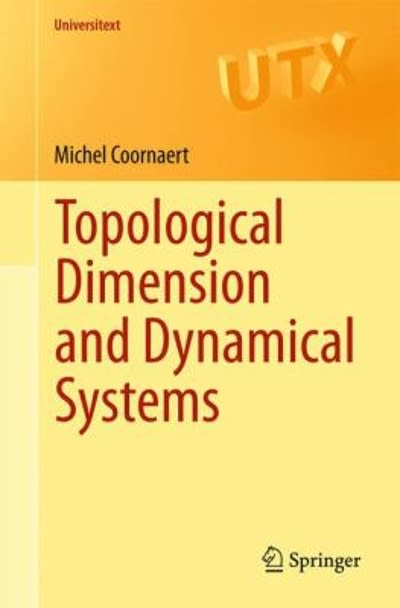Question
Data on household food consumption was collected for a random sample of 26 households in Washington DC. An economist wants to relate household food consumption,
Data on household food consumption was collected for a random sample of 26 households in Washington DC. An economist wants to relate household food consumption, y, to household income, x1, and household size, x2, with the first-order model:
E(y) = 0+1x1+2x2
a. Fit the model to the data. Do you detect any signs of multicollinearity in the data? Explain.
b. Is there visual evidence (from a residual plot) that a second-order model may be more appropriate
for predicting household food consumption? Explain.
c. Comment on the assumption of constant error variance, using a residual plot. Does it appear to
be satisfied?
d. Are there any outliers in the data? If so, identify them.
e. Based on a graph of the residuals, does the assumption of normal errors appear to be reasonably
satisfied? Explain.
Data:
House:
1
2
3
4
5
6
7
8
9
10
11
12
13
14
15
16
17
18
19
20
21
22
23
24
25
26
FoodCon:
4.2
3.4
4.8
2.9
3.5
4
3.6
4.2
5.1
2.7
4
2.7
5.5
4.1
5.5
4.5
5
4.5
2.8
3.9
3.6
4.6
3.8
4.5
4
7.5
Income:
41.1
30.5
52.3
28.9
36.5
29.8
44.3
38.1
92
36
76.9
69.9
43.1
95.2
45.6
78.5
20.5
31.6
39.9
38.6
30.2
48.7
21.2
24.3
26.9
7.3
Size:
4
2
4
1
2
4
3
4
5
1
3
1
7
2
9
3
5
4
1
3
2
5
3
7
5
5
Step by Step Solution
There are 3 Steps involved in it
Step: 1

Get Instant Access to Expert-Tailored Solutions
See step-by-step solutions with expert insights and AI powered tools for academic success
Step: 2

Step: 3

Ace Your Homework with AI
Get the answers you need in no time with our AI-driven, step-by-step assistance
Get Started


